2000 Dodge Dakota Brake Rotors and Pads
Click here to search another vehicle
All Rotors:
OEM x
Coated x
Drilled, Slotted and Coated x
Front x
Rear x
All Pads:
Ceramic x
Semi-metallic x
Front x
Rear x
Found 7 record
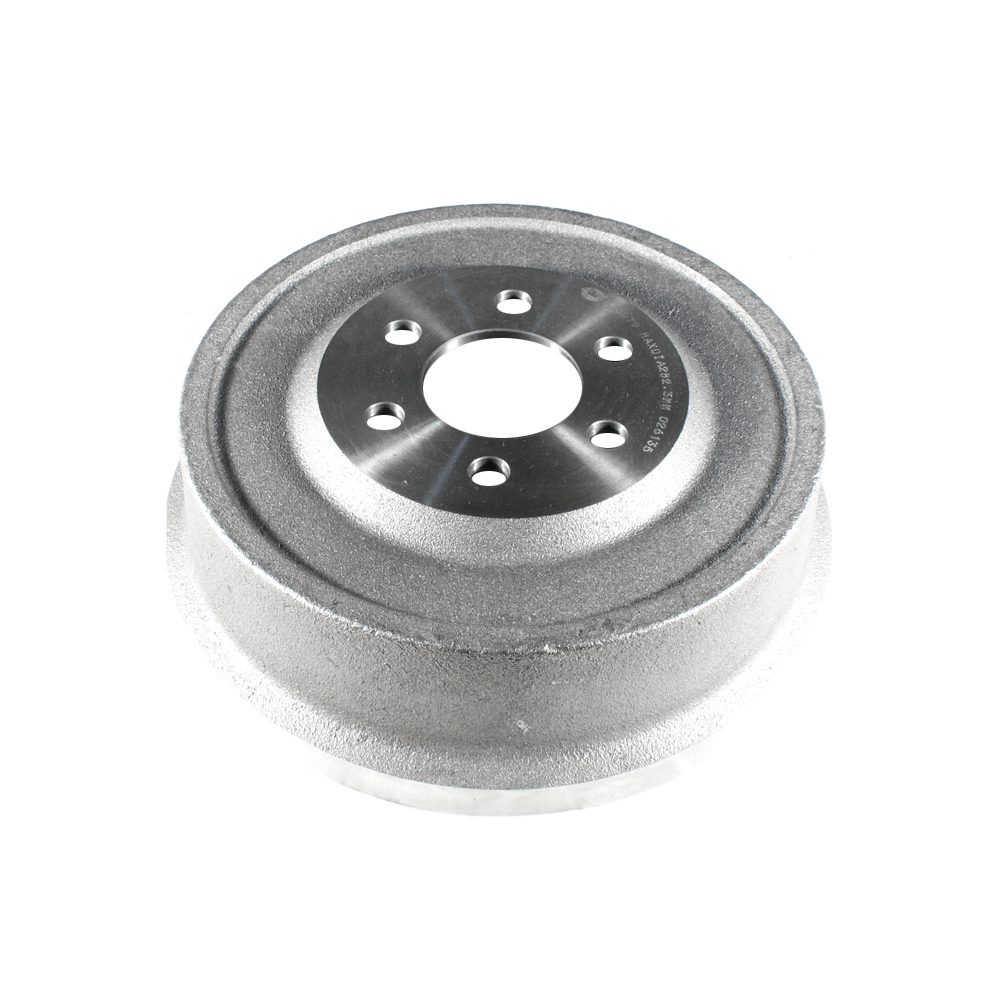
Part No: BD80079
Raybestos: 9662
OE: 52009595AC
Raybestos: 9662
OE: 52009595AC
$66.42 each
Per Car QTY: 2
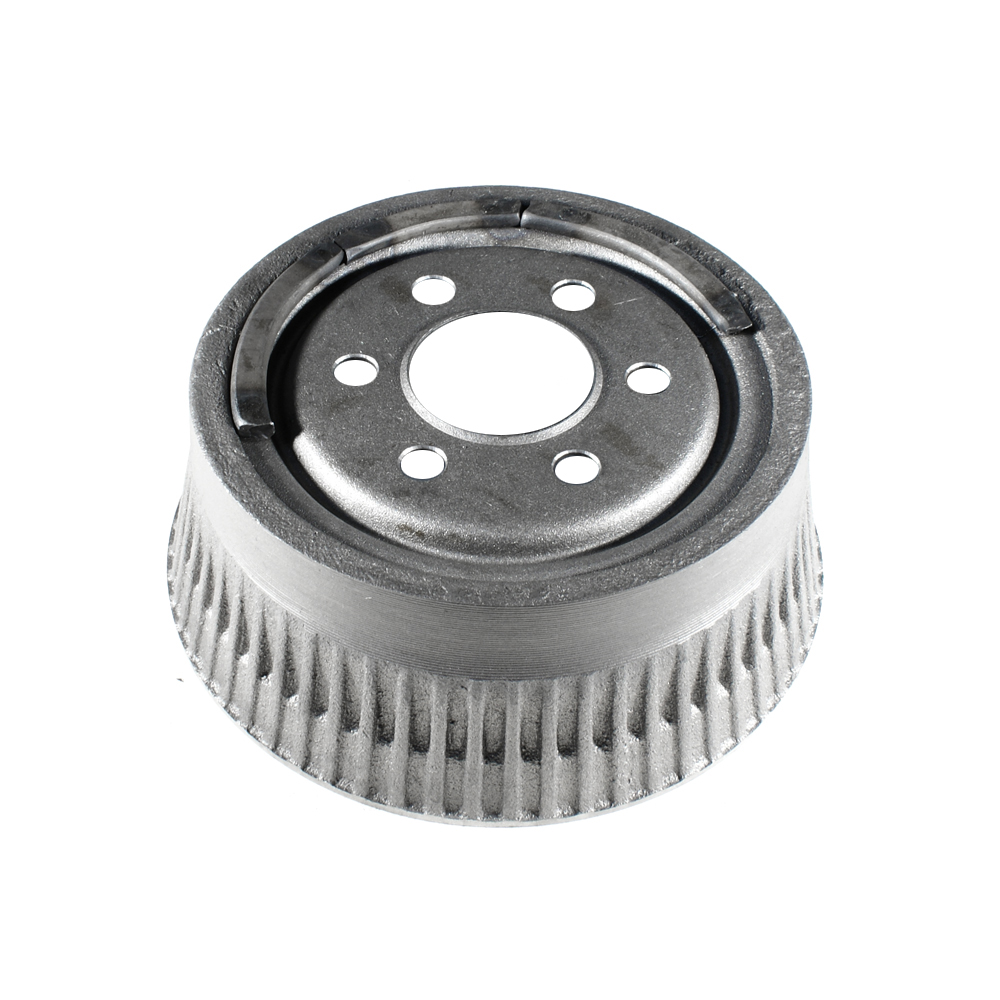
Part No: BD8992
Raybestos: 2988
OE: 52006290
Raybestos: 2988
OE: 52006290
$51.64 each
Per Car QTY: 2
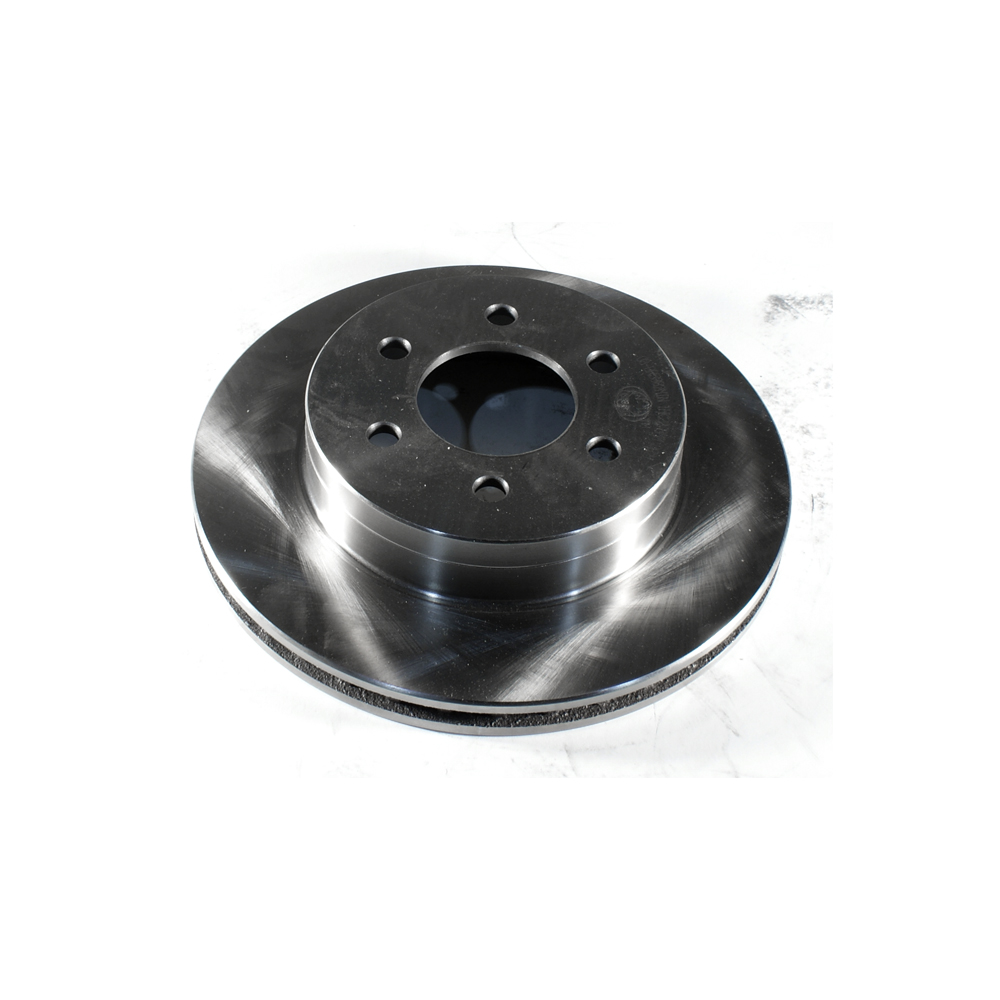
Part No: BR5382
Raybestos: 76645
OE: 52009208
Raybestos: 76645
OE: 52009208
$29.74 each
Per Car QTY: 2
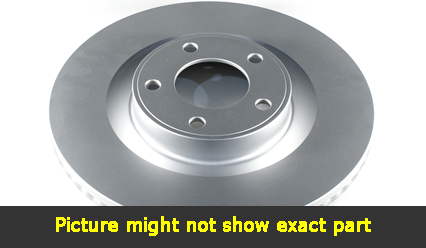
Part No: PP5382
Raybestos: 76645
OE: 52009208
Raybestos: 76645
OE: 52009208
$42.21 each
Per Car QTY: 2
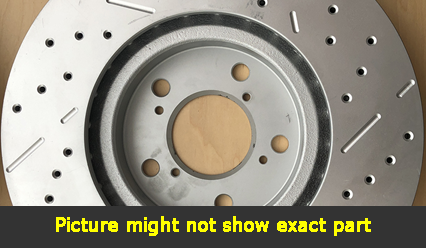
Part No: SP5382L
Raybestos: 76645
OE: 52009208
Raybestos: 76645
OE: 52009208
$74.61 each
Per Car QTY: 1
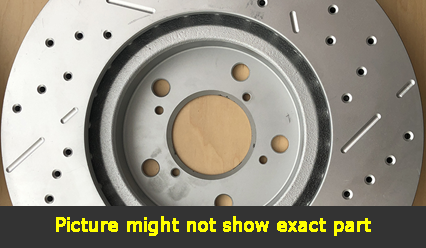
Part No: SP5382R
Raybestos: 76645
OE: 52009208
Raybestos: 76645
OE: 52009208
$74.61 each
Per Car QTY: 1
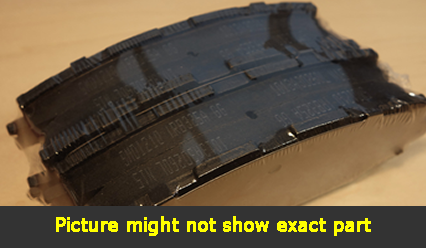
Part No: SMD820
Raybestos:
OE:
Raybestos:
OE:
$27.81 each
Per Car QTY: 1
The 2000 Dodge Dakota is a reliable pickup truck that has been known for its sturdy build and powerful performance. However, like any vehicle, proper maintenance is crucial to its longevity and safety on the road. One of the most important components of a vehicle's safety system is the brakes. In this article, we will discuss the brakes for the 2000 Dodge Dakota and why their maintenance should never be ignored.
The braking system in the 2000 Dodge Dakota consists of various components that work together to bring the vehicle to a safe stop. These components include brake pads, brake rotors, calipers, brake lines, and the master cylinder. Each part plays a crucial role in ensuring the effectiveness and reliability of the braking system.
Brake pads are responsible for creating friction against the brake rotors, which helps in stopping the vehicle. These pads are designed to withstand immense heat and pressure, but over time, they wear out and need to be replaced. It is recommended to inspect the brake pads regularly, looking for signs of wear such as thinning or cracking. If the pads are worn down to a thickness of 3mm or less, it is time to replace them.
The brake rotors, also known as brake discs, are the flat, round metal part of the braking system that the brake pads grip to stop the wheels from turning. Like brake pads, rotors can also wear down over time due to heat and friction. However, they can be resurfaced if they are not deeply grooved or damaged. If the rotors are severely worn, warped, or cracked, it is important to replace them to maintain optimum brake performance.
Calipers are responsible for squeezing the brake pads against the rotors when the driver applies the brakes. They are made up of pistons and hydraulic fluid. If the calipers are not functioning properly, it can result in decreased braking power or uneven braking, which can be dangerous. Regular inspection and maintenance of the calipers are necessary to ensure their smooth operation.
Brake lines are the flexible hoses that carry the hydraulic fluid from the master cylinder to the brake calipers. Over time, these lines can become corroded or develop leaks. If brake lines fail, it can lead to a loss of hydraulic pressure, resulting in a complete brake failure. Therefore, it is essential to inspect the brake lines for any signs of damage and replace them if necessary.
The master cylinder is the heart of the braking system. When the driver applies the brakes, the master cylinder sends hydraulic fluid to the brake calipers, which then press against the rotors. If the master cylinder fails or becomes faulty, it can lead to a loss of braking power or a spongy brake pedal feel. Regular inspection of the master cylinder is important to ensure it is working correctly.
In conclusion, the brakes for the 2000 Dodge Dakota are a vital part of its safety system. Regular inspection and maintenance of the brake components are essential to ensure optimum performance and safety on the road. It is advisable to consult the vehicle's owner manual or seek professional help for proper maintenance and replacement of any faulty brake parts. Remember, investing in brake maintenance is not only crucial for your safety but also for the longevity of your beloved Dodge Dakota.
The braking system in the 2000 Dodge Dakota consists of various components that work together to bring the vehicle to a safe stop. These components include brake pads, brake rotors, calipers, brake lines, and the master cylinder. Each part plays a crucial role in ensuring the effectiveness and reliability of the braking system.
Brake pads are responsible for creating friction against the brake rotors, which helps in stopping the vehicle. These pads are designed to withstand immense heat and pressure, but over time, they wear out and need to be replaced. It is recommended to inspect the brake pads regularly, looking for signs of wear such as thinning or cracking. If the pads are worn down to a thickness of 3mm or less, it is time to replace them.
The brake rotors, also known as brake discs, are the flat, round metal part of the braking system that the brake pads grip to stop the wheels from turning. Like brake pads, rotors can also wear down over time due to heat and friction. However, they can be resurfaced if they are not deeply grooved or damaged. If the rotors are severely worn, warped, or cracked, it is important to replace them to maintain optimum brake performance.
Calipers are responsible for squeezing the brake pads against the rotors when the driver applies the brakes. They are made up of pistons and hydraulic fluid. If the calipers are not functioning properly, it can result in decreased braking power or uneven braking, which can be dangerous. Regular inspection and maintenance of the calipers are necessary to ensure their smooth operation.
Brake lines are the flexible hoses that carry the hydraulic fluid from the master cylinder to the brake calipers. Over time, these lines can become corroded or develop leaks. If brake lines fail, it can lead to a loss of hydraulic pressure, resulting in a complete brake failure. Therefore, it is essential to inspect the brake lines for any signs of damage and replace them if necessary.
The master cylinder is the heart of the braking system. When the driver applies the brakes, the master cylinder sends hydraulic fluid to the brake calipers, which then press against the rotors. If the master cylinder fails or becomes faulty, it can lead to a loss of braking power or a spongy brake pedal feel. Regular inspection of the master cylinder is important to ensure it is working correctly.
In conclusion, the brakes for the 2000 Dodge Dakota are a vital part of its safety system. Regular inspection and maintenance of the brake components are essential to ensure optimum performance and safety on the road. It is advisable to consult the vehicle's owner manual or seek professional help for proper maintenance and replacement of any faulty brake parts. Remember, investing in brake maintenance is not only crucial for your safety but also for the longevity of your beloved Dodge Dakota.


